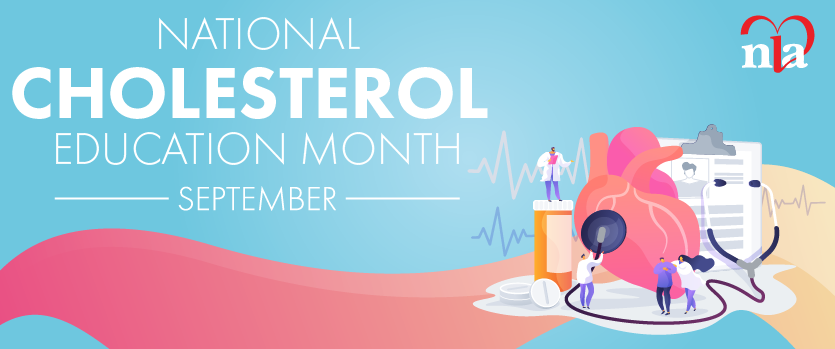Vol. 14 Issue 2
This issue sponsored by the Southeast Lipid Association Featuring: "Dyslipidemia & Antipsychotic Medications: Who is Monitoring the Lipids?" and "Specialized Use of a Niacin-Statin Combination in Lipid Management" more
As clinical lipidogists, the major objective of care for most of our patients is to reduce the risk of atherosclerotic cardiovascular disease (ASCVD). All major guideline documents, including the NLA Recommendations for Patient-Centered Management of Dyslipidemia and the 2013 American College of... more
The theme of this issue of LipidSpin is “Unusual Causes of Dyslipidemia/Less Common Dyslipidemias.” Topics range from sitosterolemia, to lysosomal acid lipase deficiency, to myositis due to red yeast rice. Although not necessarily rare for many lipidologists, other topics include potential... more
This edition of the LipidSpin is an outstanding representation of how there is never a dull moment in the world of clinical lipidology. This SELA edition of LipidSpin has many outstanding lessons and insights nested within the various articles. As I read through this edition, two things stand out... more
Introduction Patients diagnosed with serious mental illness prescribed antipsychotic medications present unique challenges to healthcare providers. The use of second- generation, or atypical, antipsychotics is associated with significant adverse metabolic effects. These include weight gain,... more
An exciting new approach to treating obesity and insulin resistance involves significant carbohydrate restriction with the goal of achieving a ketogenic state that results in weight loss and improved insulin sensitivity. Many lipidologists, however, have seen frequent cases of worsening lipid and... more
Sitosterolemia is a rare, autosomal, recessively inherited sterol storage disease caused by homozygous or compound heterozygous gene mutations of adenosine triphosphate-binding cassette (ABC) genes G5 or G8, in which markedly increased tissue and plasma plant sterol concentrations. The condition... more
This is the case of a 68-year-old white female who was being seen in her home in August 2014 as part of a health evaluation for her insurance company. She had a history of hyperlipidemia, hypertension, and diabetes mellitus. She had been placed on atorvastatin five years prior to this visit and... more
When treating our lipid patients it is important to always consider unusual causes of dyslipidemia in our differential diagnosis. Although rare, lysosomal acid lipase deficiency (LAL-D) is often misdiagnosed as an autosomal dominant lipid disorder and/or fatty liver disease.1 LAL-D is caused by... more
Case: We report on a 77-year-old Caucasian male with coronary disease and hereditary dyslipidemia requiring intervention. He was treated with rosuvastatin 10 mg daily. This resulted in remarkable improvement of his low-density lipoprotein (LDL-C) to < 70 mg/dL and triglycerides (TG) to <... more






.jpg)
.png)










